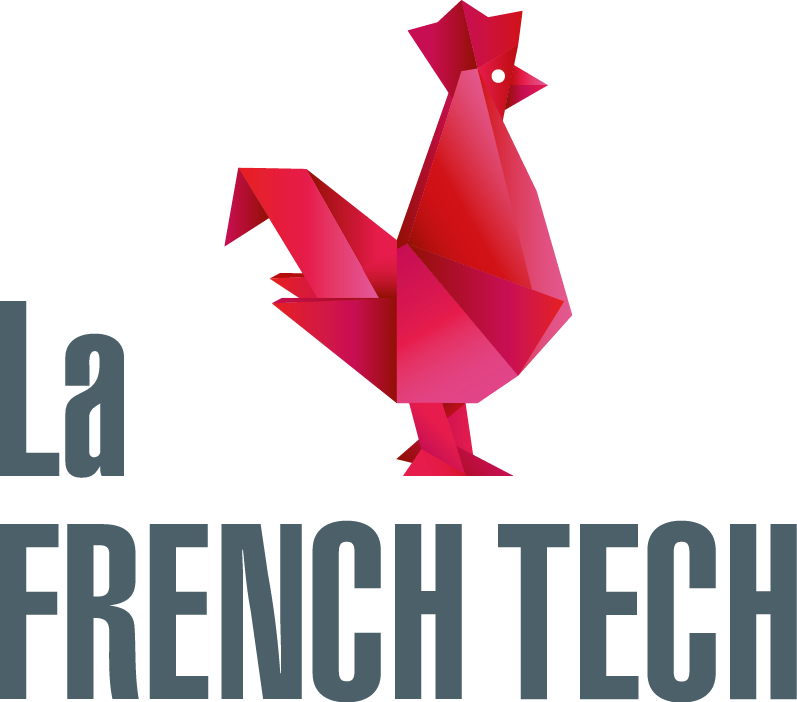The rise of index funds has caused an ongoing debate about the merits of both passive and active investing.
Passive investing is most commonly associated with buying benchmark index funds, which give investors exposure to the overall market. Passive strategies are mostly used to generate long-term gains, by benefiting from the fact that markets tend to gradually rise over long time horizons. And by holding funds for long periods, they avoid the fees associated with buying and selling stocks, thereby lifting profits.
Investors can passively benefit from the gains of the US stock market by investing in an exchange-traded fund (ETF) which tracks the benchmark S&P 500 Index of large US stocks, for example. This is associated with exposure to the market, or to use financial jargon, beta (because the 500 stocks in the S&P 500 index account for about 80% of the total US stock market).
Passive strategies are eating into the dominance of active investing, partly because most active fund managers fail to consistently beat the returns which can be gained from investing in the market – and managers also charge higher fees.
The shift from active to passive investing is being accelerated by the low-returns environment of the past few years, as costs become more important than before.
Active investing tends to be a short-term strategy and usually refers to buying and selling stocks at the right times. Active investors try to generate alpha returns, or returns which exceed what the market offers (beta).
Fund managers often include both passive and active elements in their portfolios in order to diversify funds and manage risks. More recently, they have begun to increase allocations towards products which have the components of both active and passive investing.
Smart beta strategies, for example, offer an active tilt on traditional benchmark indices. Benchmark indices weight stocks by size, meaning the most valuable companies account for a bigger share of the index than smaller ones.
Smart beta strategies buck this trend, which became the norm partly because of the liquidity constraints of past decades, by offering alternative weighting schemes to existing benchmark indies. Smart beta funds are not always based on existing indices: they can be compiled from scratch and include stocks which have common underlying return factors, for example a basket of low-volatility stocks.
While a smart beta index passively tracks a basket of stocks, these strategies require active management particularly in their inception. Targeting a set of low-volatility stocks (which are selected based on the rules of the strategy and need to fit other criteria as well) is essentially making an active bet that the low-volatility factor will outperform others on a risk-adjusted basis.
Typically, the fees relating to smart beta products are only marginally higher than benchmark indices, but materially lower than active fund management costs. Smart beta offers both market exposure (beta) and a tilt towards a source of excess returns (alpha).
This merge of passive and active investing is fuelling demand for these strategies. Index provider BlackRock expects smart beta ETF assets will be worth $1 trillion within the next four years, and $2.4 trillion by 2025.


